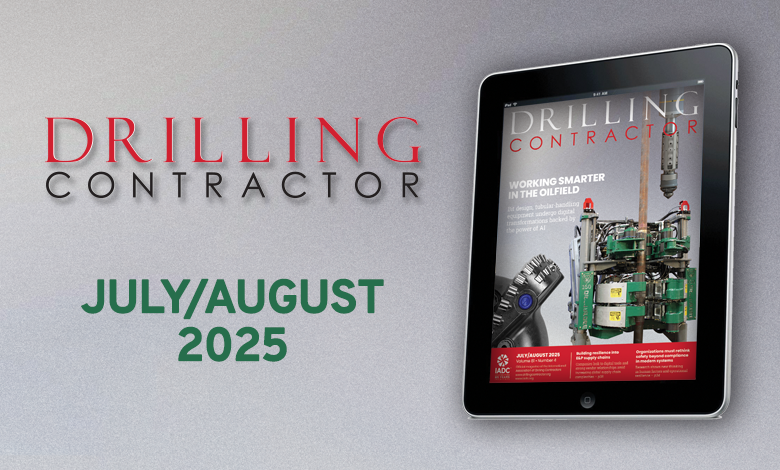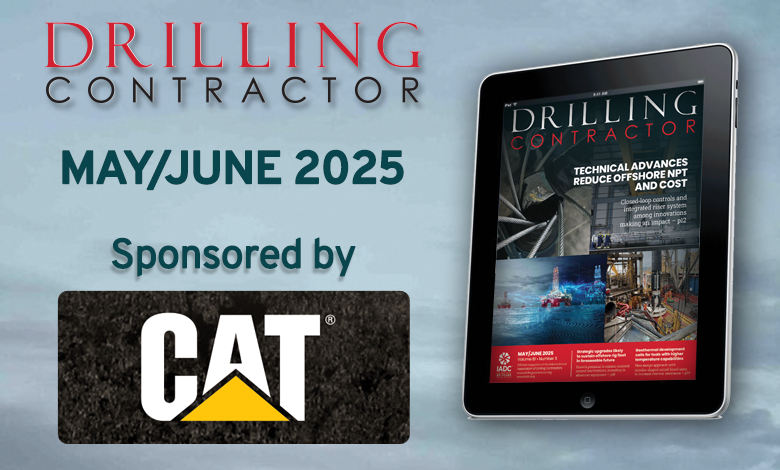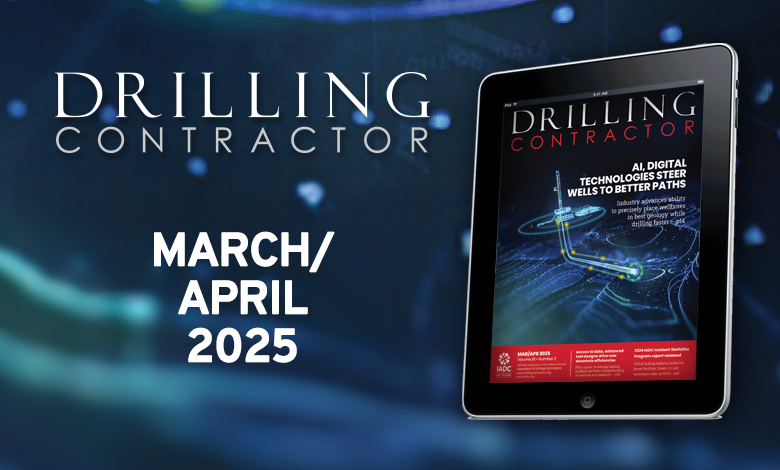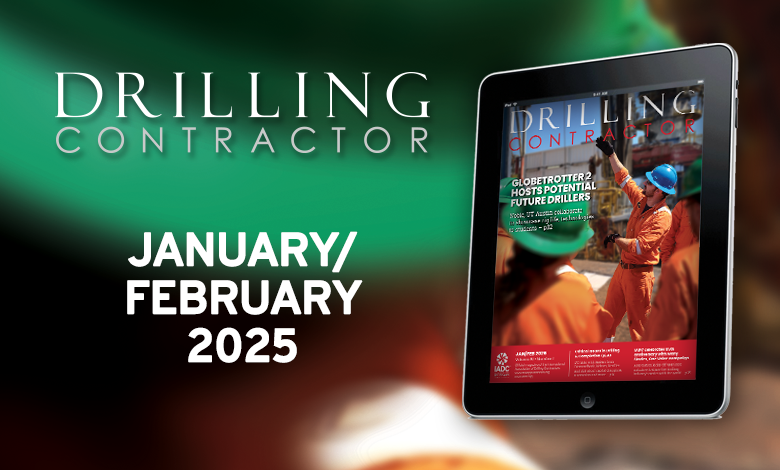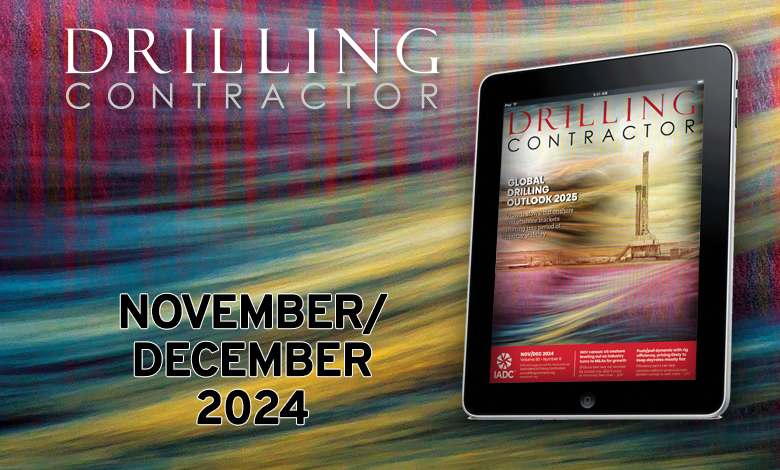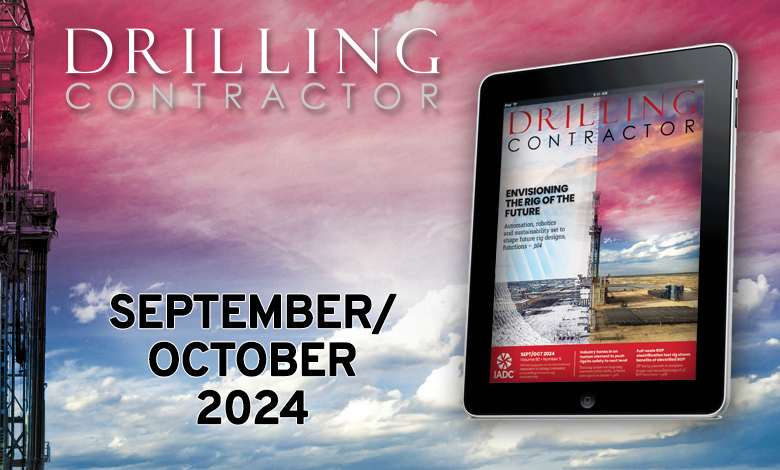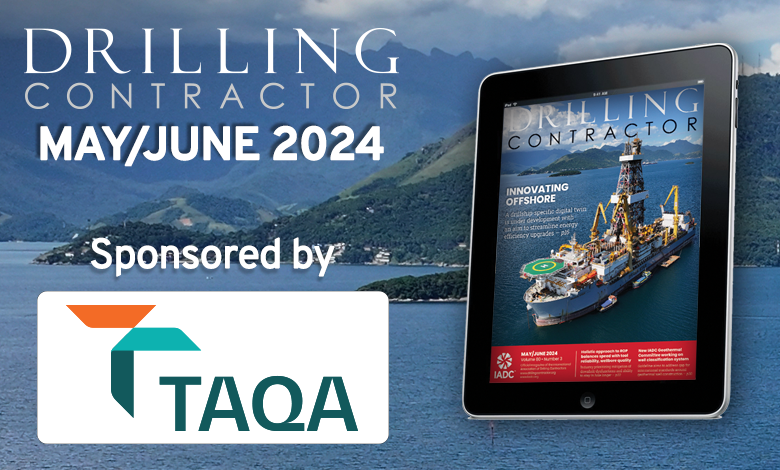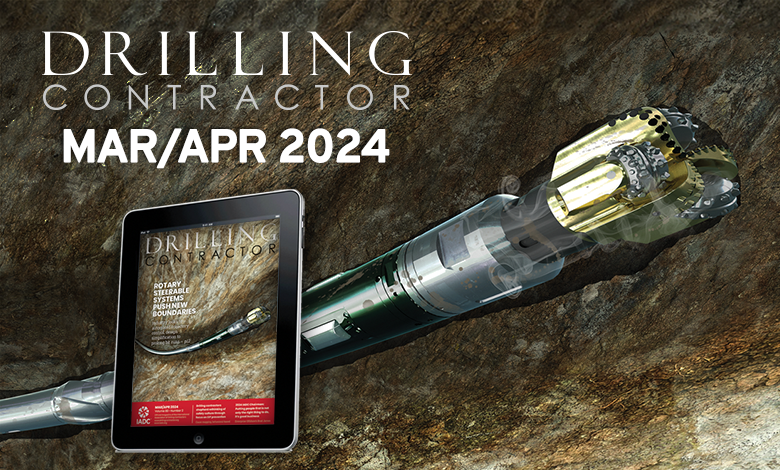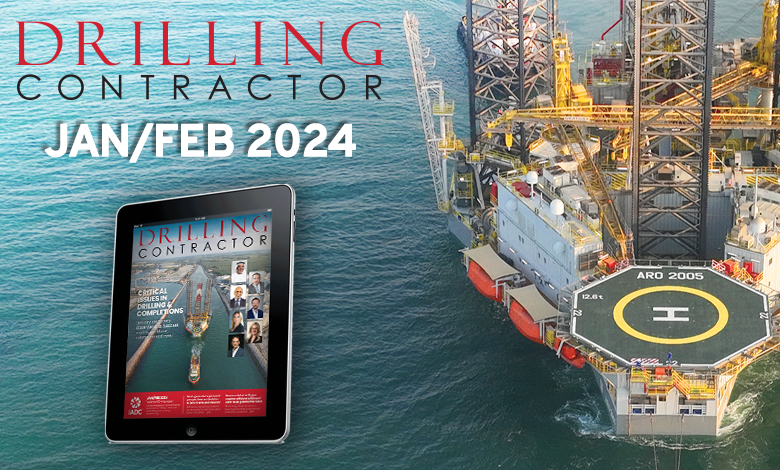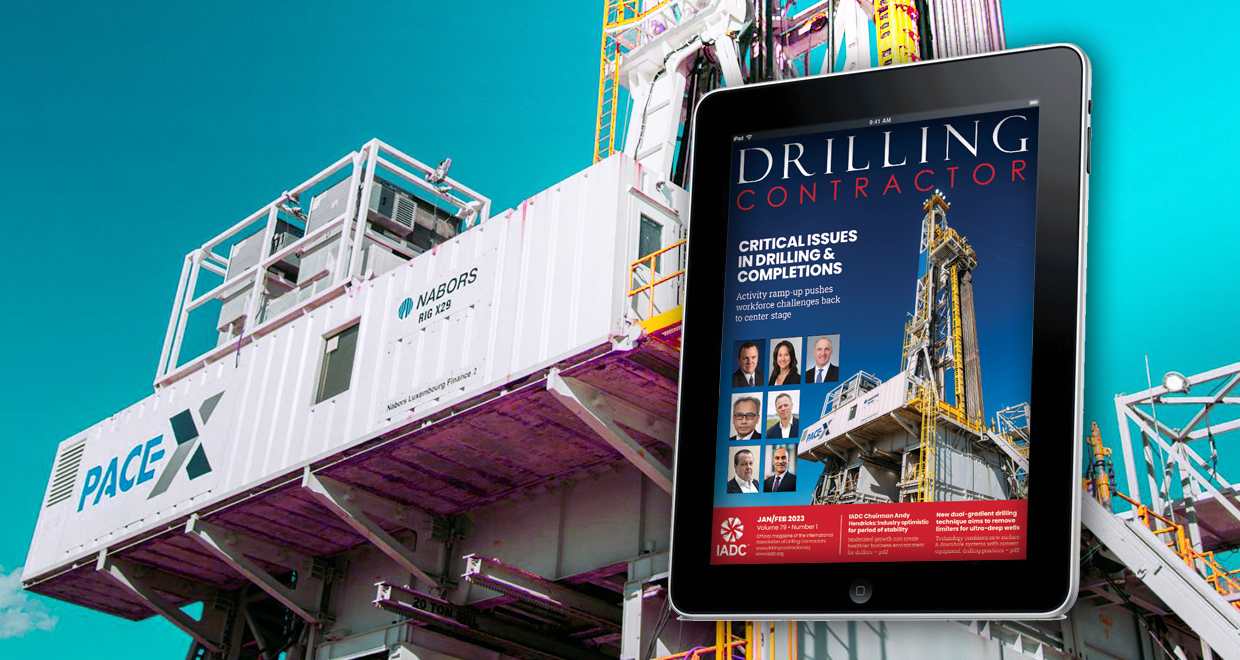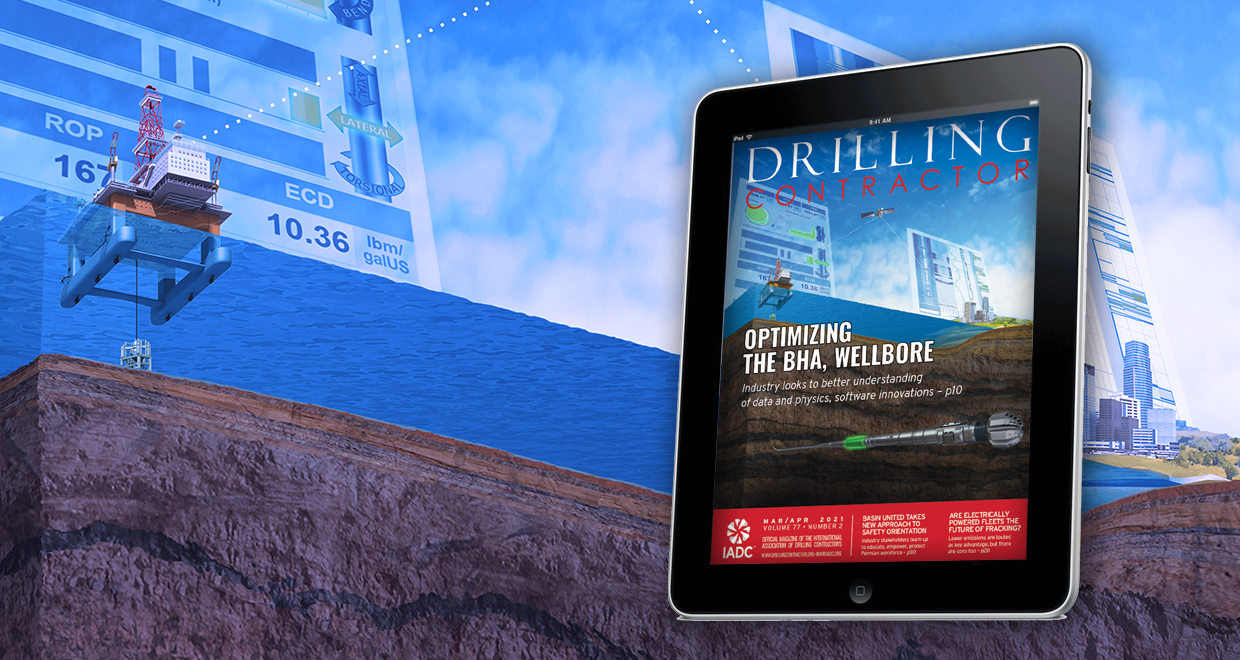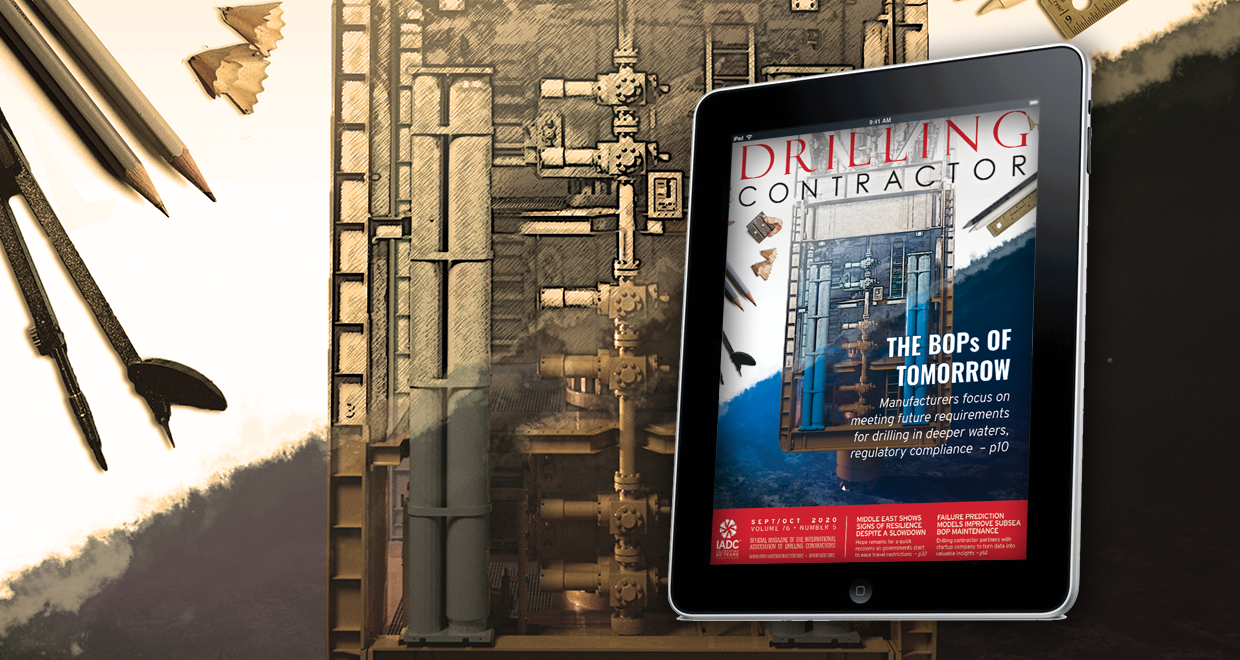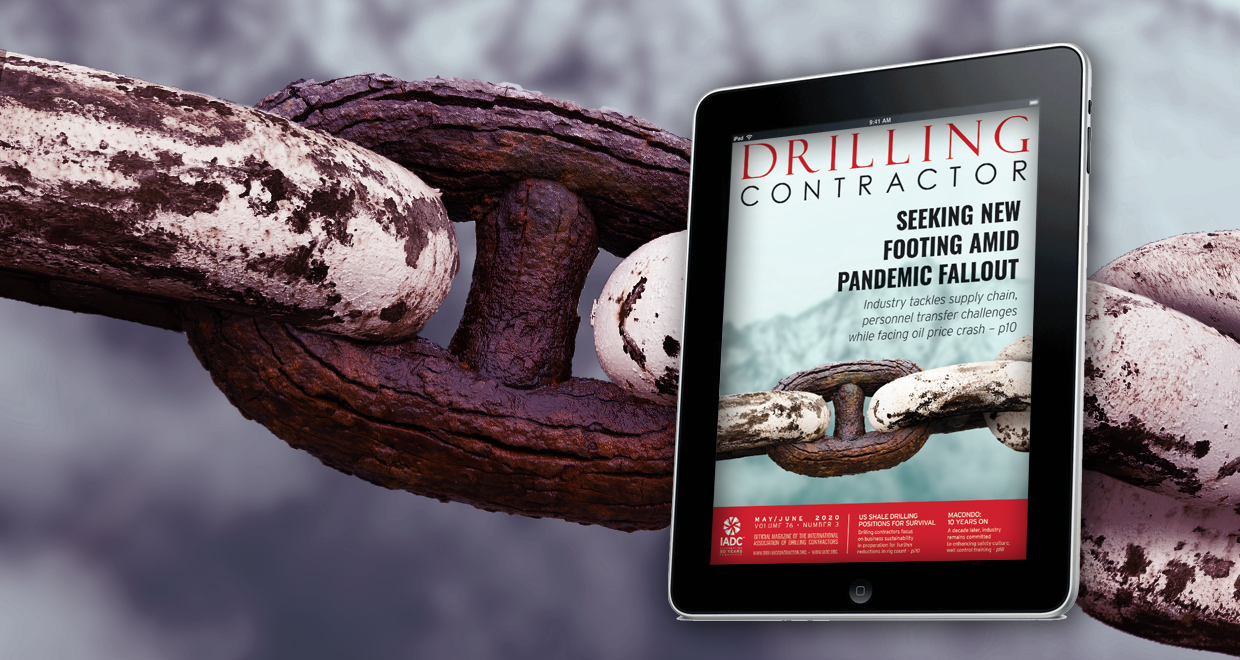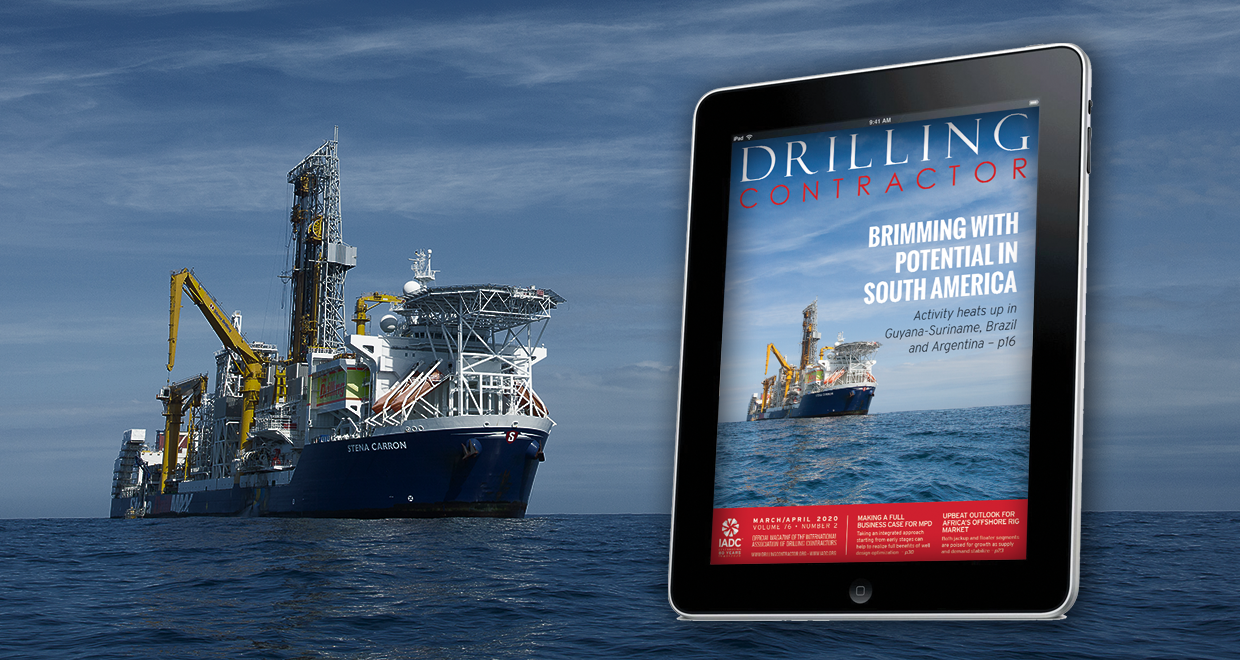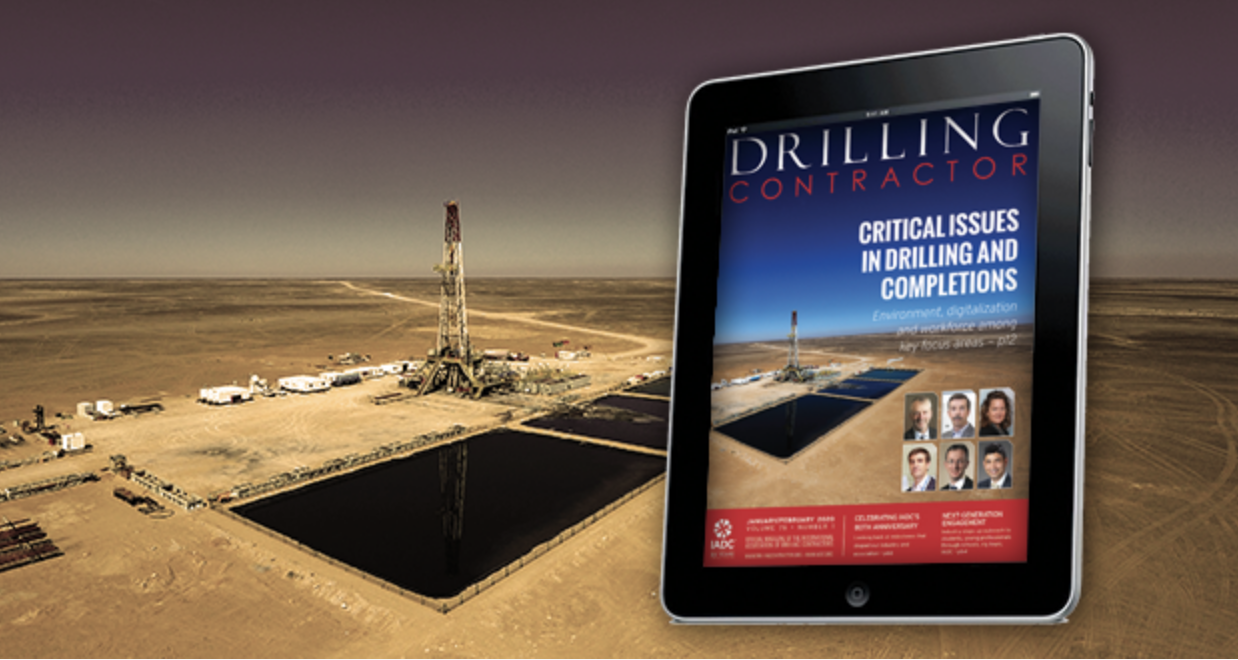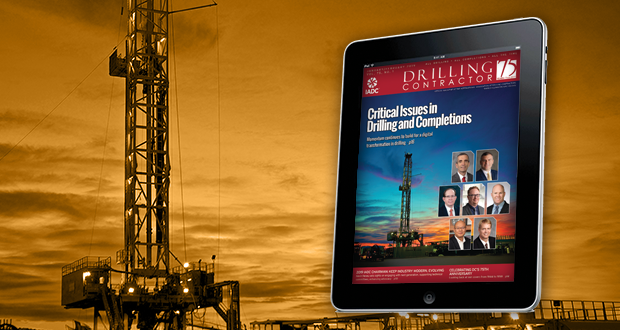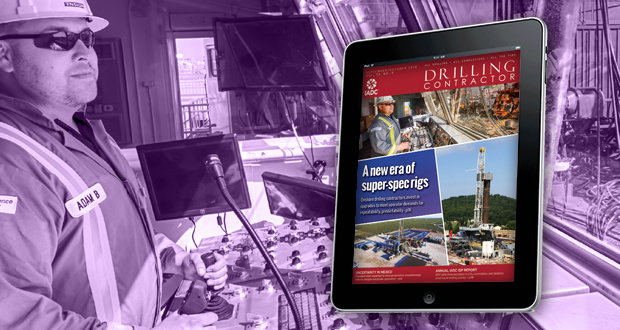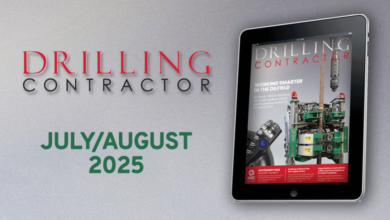Digital Reader – Mar/Apr 2019

Welcome to DC’s latest Digital Reader, offering the entire March/April 2019 edition in English. DC’s Digital Reader is a faithful recreation of the printed magazine, in digital form!
Digital Reader can be viewed on an iPad or Android tablet, and/or your Windows or MacOS computer. Swipe through pages (click + drag on a computer), or zoom in by double-tapping (or clicking) the page itself. Once zoomed in, you can read the articles in-depth and turn pages by clicking the left and right arrows. To zoom out, double-tap (or click) again.
Please note: Printing from Digital Reader is disabled.
- Operating System
Windows 7 or Any MacOS - Any Major Web Browser
Firefox/Chrome/Safari/Internet Explorer - Internet Required
Note: Digital Reader is a fully interactive digital magazine and will take a few moments to download. Please be patient while loading the page. If Digital Reader seems ‘frozen’ or ‘locked up’, please be patient and allow the load to complete. Once loaded, Digital Reader runs smoothly. In most cases, a browser refresh will fix any issues. If your Digital Reader doesn’t launch, please Contact the Webmaster. You can also try the troubleshooting tips below.
| Looking for the online Magazine Archive for this issue? Click here! |
|---|
 DC‘s online Magazine Archive is a faithful recreation of the printed magazine, in digital form! DrillingContractor.org is best viewed with Firefox or Chrome on PC/Mac, iOS or Android.
See the Archive DC‘s online Magazine Archive is a faithful recreation of the printed magazine, in digital form! DrillingContractor.org is best viewed with Firefox or Chrome on PC/Mac, iOS or Android.
See the Archive |
Update Your Internet Browser!
Please download the latest internet browser of your choice via the links below:
Still Having Trouble?
Try the Offline version(s). These might work better for you.
- Offline App
Windows 7+ Version | MacOS Version
All Digital Reader Issues



